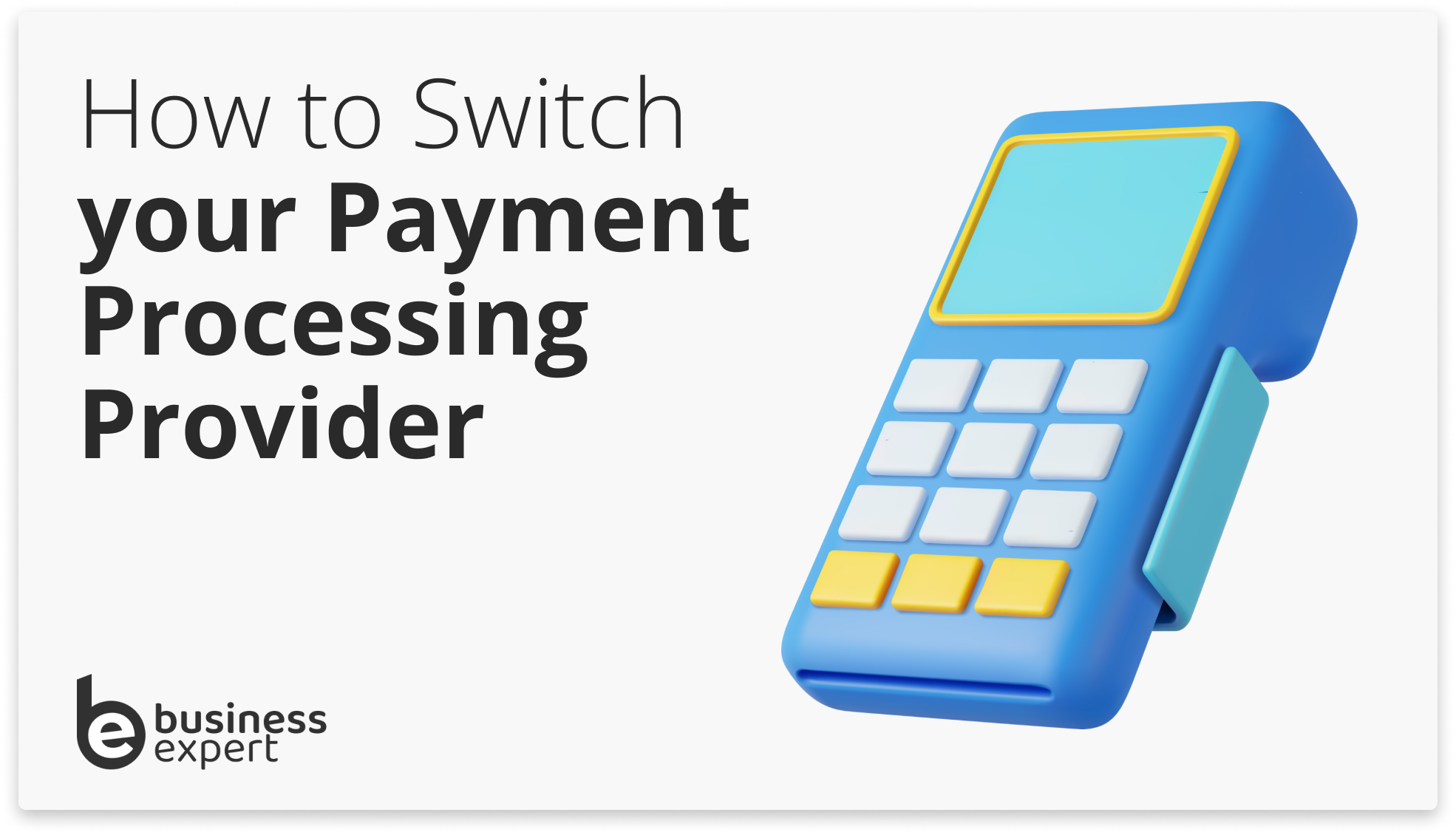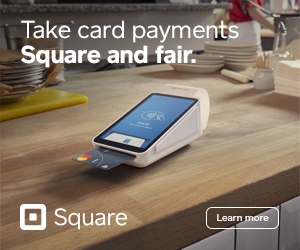If the contract with your payment processing provider expires soon, you have two options. You can either renew your existing contract to maintain the status quo or switch to an alternative provider for better service and lower fees.

When Should You Switch Your Payment Processing Provider?
There isn’t a fixed timeline for when you should switch your payment processing provider.
However, you should periodically evaluate your payment processing arrangements to ensure they meet your needs efficiently and cost-effectively.
Some signs you should switch your payment processing provider are:
- Contract Expired: Many payment processing contracts have fixed terms, typically one to three years. As you approach the end of your contract, review its suitability to avoid expensive early termination fees.
- Inflexible Contracts: If your provider imposes rigid contract terms or makes it challenging to cancel services without penalties, you might find greater flexibility with another provider.
- Fees & Charges: High transaction fees or hidden charges can significantly impact profitability.
- Limited Payment Options: If your provider doesn’t support your customer’s preferred payment methods, this could lead to missed sales opportunities.
- Inadequate Integration: If your current provider’s systems are incompatible with your business’s existing software or hardware, this could cause inefficiencies in operations.
- Lack of Customisation: Limited customisation options could prevent you from tailoring the payment experience to your brand and customer preferences.
- Frequent Technical Issues: Frequent outages or problems could lead to disruptions in business operations and customer dissatisfaction.
- Security Concerns: Inadequate security measures could expose your business and customers to fraud and data breaches.
- Poor Customer Service: If your payment processing provider offers inadequate customer support or fails to address inquiries, you may get better service from another provider.
- Scalability: If your provider cannot accommodate your business’s growth needs, such as handling increased transaction volumes or expanding into new markets.
How to Switch Your Payment Processor: Step-by-Step Guide
Switching your payment processor provider might seem daunting, but here’s a simple step-by-step guide to help you through the process:
Step 1 – Assess Your Needs
Conduct an in-depth analysis of your current payment processing setup, evaluating its strengths and weaknesses.
You should consider factors such as transaction volume, types of transactions (in-store, online, mobile), geographic reach, customer base, and growth projections.
Step 2 – Research Providers
My payment processing comparisons and resources will help you identify potential payment processing providers.
You could also ask for recommendations from asking for recommendations from other businesses in your industry, professional networks and associations.
Once you have a list of providers, you can then evaluate them based on how well they meet your needs, looking at criteria such as:
- Reputation,
- Reliability,
- Security measures,
- Compliance with industry standards (PCI DSS),
- Scalability,
- Support for emerging payment technologies (e.g., contactless payments, digital wallets).
Step 3 – Contact Potential Providers:
When you’ve narrowed your list of providers to create a shortlist, reach out to them to schedule consultations and request a detailed proposal or quote.
Before your meetings, prepare a list of questions and concerns to discuss with each provider.
These questions should include topics such as
- Pricing structures,
- Contract terms,
- Service-level agreements (SLAs),
- Integrations and compatibility,
- Dispute resolution processes,
- Data security measures.
Step 4 – Review Contracts
After choosing a payment processing provider, thoroughly review the terms and conditions outlined in the contract.
Pay attention to clauses related to processing fees, interchange rates, chargeback policies, contract duration, termination clauses, equipment leasing terms (if applicable), and liability for fraudulent transactions.
Seek clarification on any ambiguous or confusing terms and negotiate modifications if necessary.
Step 5 – Prepare for Data Migration
Collaborate with your new payment processing provider to develop a comprehensive data migration plan.
Identify the data types that need to be transferred, including customer profiles, transaction history, recurring billing schedules, and payment processing configurations.
Ensure your data is organised, cleansed, and properly formatted to facilitate seamless migration.
Establish backup protocols and contingency plans to mitigate the risk of data loss or corruption during the migration process.
Step 6 – Notify Stakeholders
Develop a communication strategy to inform key stakeholders about the upcoming switch.
Notify employees, customers, suppliers, financial institutions, and other relevant parties about the transition plan, including timelines and anticipated changes.
Provide channels for stakeholders to ask questions, seek clarification, and voice concerns about the switch.
Step 7 – Set Up the New System
Work with your new provider to set up your account and configure the payment processing system.
Customise settings, preferences, and user permissions according to your business requirements.
Configure security features such as encryption, tokenisation, and fraud detection mechanisms to safeguard sensitive payment data.
Step 8 – Test the System
Conduct rigorous testing of the new payment system across different scenarios and use cases.
Perform end-to-end testing of transaction processing, including authorisation, settlement, and reconciliation processes.
Validate system performance under varying loads, peak transaction volumes, and network conditions.
Before going live, identify and resolve software bugs, glitches, or performance issues.
Step 9 – Go Live.
Develop a comprehensive rollout plan with clear milestones and checkpoints.
Schedule the switch during off-peak hours or low-activity periods to minimise disruption to business operations.
Coordinate with your team and external stakeholders to execute the transition smoothly.
Monitor the transition process in real-time and promptly address any issues or concerns to minimise downtime and customer impact.
Step 10 – Monitor Performance
Establish key performance indicators (KPIs) to evaluate the effectiveness and efficiency of the new payment processor.
Monitor transaction volumes, processing times, authorisation rates, chargeback ratios, and customer satisfaction metrics.
Common Challenges When Switching Your Payment Processing Provider
Switching payment processing providers can be tricky, but there are ways to avoid common challenges and mistakes.
By taking these proactive measures and investing time and resources in careful planning and communication, you can navigate the challenges of switching payment processing providers more effectively and minimise potential risks and disruptions.
| Problem | Solution |
|---|---|
| Data Migration Issues | Perform thorough data audits, back up all important information, and work closely with the new provider to ensure a smooth transition and prevent data from being lost or corrupted. |
| Integration Problems | Test the new payment system with existing software and hardware before switching to check compatibility. Seek guidance from the new provider on integration best practices. |
| Unexpected Cost | Carefully review contracts and fee structures upfront to identify any unexpected fees or setup costs that will eat into profits and cause financial strain. |
| Customer Confusion | Provide advance notice, offer support channels for questions, and simplify the transition process to minimise customer frustration due to changes. |
| Regulatory Compliance | Verify that your new provider complies with all relevant laws and regulations governing payment processing and data security. Seek legal advice if needed to ensure compliance and reduce risks. |
| Business Interruptions | Plan for contingencies and schedule the switch during off-peak hours to minimise downtime and disruptions to business operations. |
| Contractual Obligations | Review existing contracts and negotiate flexible terms with your provider to minimise penalties and obligations associated with switching providers. |
| Lack of Staff Training | Provide comprehensive education and support to employees on the new payment system to improve staff competence and confidence. |
Frequently Asked Questions
How long does it take to switch payment processors?
It can take anywhere from a few weeks to several months to change payment processors depending on several factors, including the complexity of your payment infrastructure, data migration, contractual obligations and responsiveness of your new provider.
How do I ensure that my new payment processing provider offers the features I need?
Start by identifying your business requirements and research potential providers thoroughly. You can then request demos or trials to assess their platforms, review documentation for feature availability and seek recommendations from other businesses in your industry.
Are there any hidden fees or charges to watch out for when switching payment processing providers?
Hidden fees can include setup, PCI compliance, chargeback, and termination fees. Additionally, watch out for charges related to software integrations, account maintenance, and statement processing.
Can I keep my existing payment gateway when switching payment processing providers?
It depends on your new payment processing provider. Some providers may be compatible with several payment gateways, whilst others will require you to use a specific gateway.
Will switching payment processing providers affect my customers’ payment experience?
Changes in payment methods, checkout processes, or security protocols may lead to confusion or inconvenience for customers, especially if not communicated effectively. However, if the transition is managed carefully, with clear communication and minimal disruptions, customers may not notice significant differences in their payment experience


